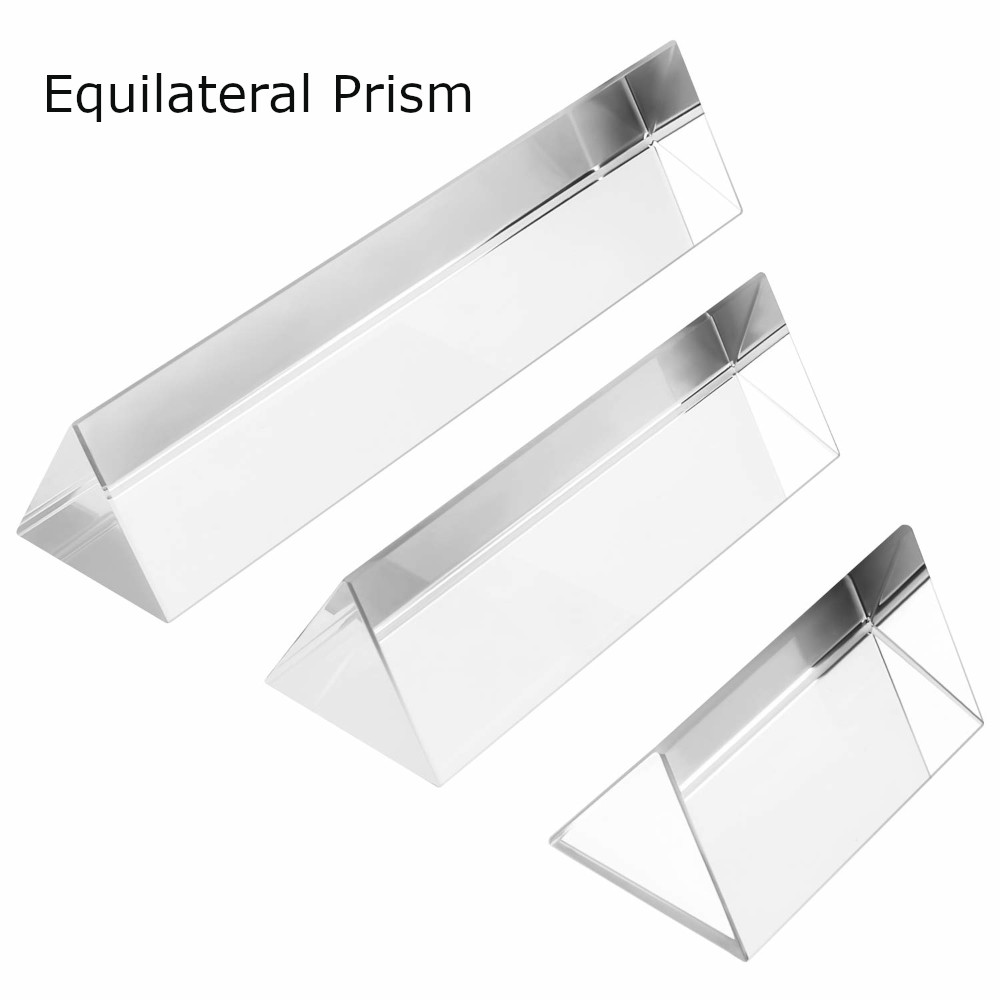
Equilateral prism
等邊三棱鏡
HK$18.00
An equilateral prism is a type of prism that has an equilateral triangle as its cross-section. In optical studies, equilateral prisms are commonly used to manipulate and analyze the behavior of light.When a beam of light passes through an equilateral prism, it undergoes refraction, which is the bending of light as it passes from one medium to another. The prism is made of a material with a higher refractive index than the surrounding medium, such as glass or plastic. As a result, when the light enters the prism, it bends towards the base of the prism. The amount of bending that occurs depends on the angle of incidence, which is the angle at which the light beam strikes the surface of the prism. The angle of refraction, or the angle at which the light exits the prism, is also affected by the angle of the prism.
Equilateral prisms are particularly useful in optical studies because they disperse light into its constituent colors. This dispersion occurs because different colors of light have different wavelengths, and they refract at different angles when passing through the prism. This phenomenon is known as chromatic dispersion and is the basis for various applications, such as spectrometry and rainbow formation.
The properties of equilateral prisms, such as their angle and refractive index, can be precisely engineered to manipulate light in specific ways. They are often used in devices like spectrometers, polarizers, and beam splitters to control and analyze light for scientific and technological purposes.
等邊三鏡通常用於操縱和分析光的行為,當一束光穿過等邊棱鏡時,它會發生折射,即光從一種介質傳播到另一種介質時會彎曲。 棱鏡由折射率高於周圍介質的材料製成,例如玻璃或塑膠。 因此,當光線進入棱鏡時,它會向棱鏡的底部彎曲。發生的彎曲量取決於入射角,即光束照射到棱鏡表面的角度。 折射角或光離開棱鏡的角度也受到棱鏡角度的影響。
等邊棱鏡在光學研究中特別有用,因為它們將光分散成其組成顏色。 發生這種色散的原因是不同顏色的光具有不同的波長,並且它們在通過棱鏡時以不同的角度折射。 這種現象稱為色散,是光譜測定和彩虹形成等各種應用的基礎。等邊棱鏡的特性(例如角度和折射率)可以精確設計,以特定方式操縱光。 它們通常用於光譜儀、偏振器和分束器等設備中,以控制和分析光以用於科學和技術目的。

